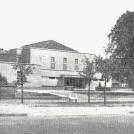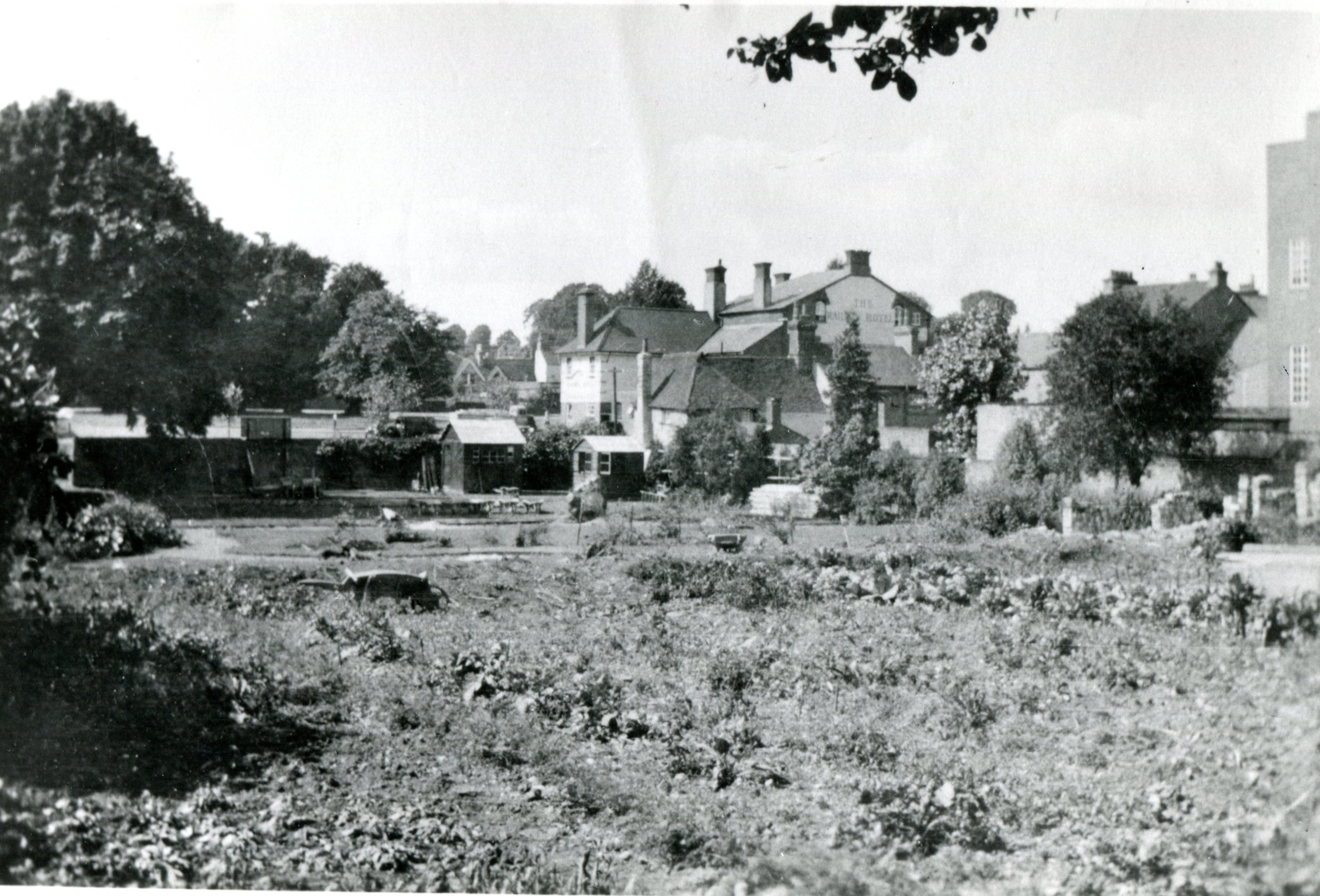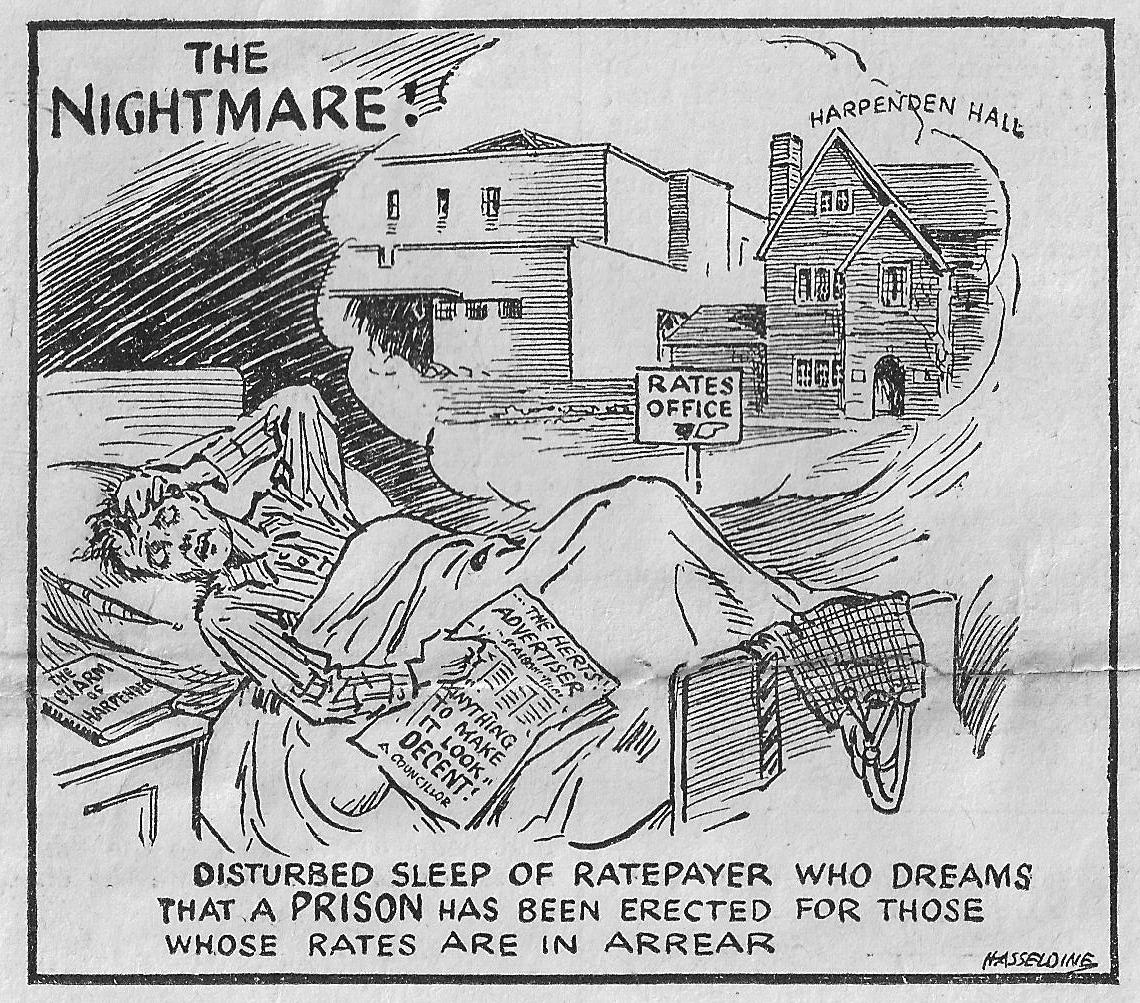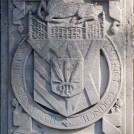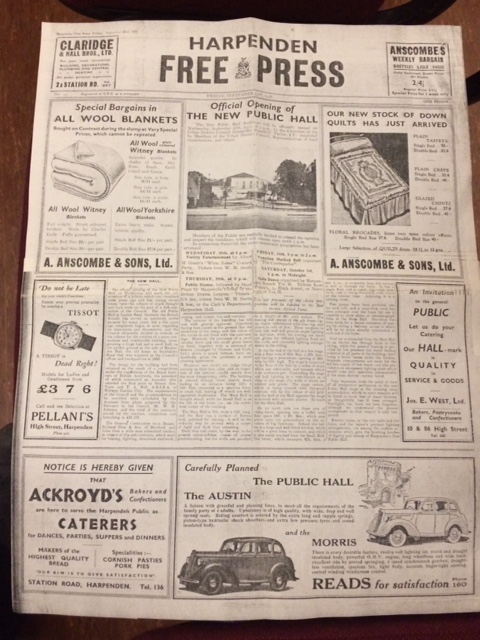80 years on - a look back at the Public Halls
Among older Harpenden residents especially, the prospect of a new leisure complex in Rothamsted Park effectively replacing the familiar Public Halls on the other side of the common is regarded with mixed feelings. By 21st Century standards, the Public Halls might lack the features and refinements of many comparable civic theatres and meeting venues in other provincial towns. As an auditorium for staged events, the large Eric Morecambe hall's seating arrangements leave a lot to be desired, while backstage facilities are poor. So too are the acoustics and the building's heating is antiquated.
Nevertheless, the Public Halls remain functional, in the best sense of that word and it is doubtful whether many people stay away from staged performances, exhibitions or other events because of the building's physical shortcomings. This year marks the 80th anniversary of the venue's grand opening and through their lifetime the Public Halls have served the town well, not least perhaps because of their prominent position, to everyone coming into the town along St Albans Road.
How the Public Halls came into being eighty years ago was the subject of a presentation at the Harpenden Society's well-attended December meeting. The guest speakers were Rosemary and Gavin Ross from the town's thriving local history society, whose extensive archives contain a wealth of information on the prolonged local civic machinations leading up to the Halls' opening in 1938.
Rosemary began by reminding her Park Hall audience that they were sitting in what was previously the village's Public Hall. As early as 1919, on the occasion of the war memorial dedication on Church Green, ideas for an all-new facility were put forward. It was among a package of tentative proposals which envisaged, in a comprehensive single development, ‘a hall suitable for public meetings and entertainments of every kind, including dancing; smaller meeting rooms for refreshments, games eg billiards; offices for Harpenden Urban District Council (HUDC); a library; and a creche'.
Outside the propounded civic centre, on the adjacent area of common, would be ‘a covered swimming pool and properly-equipped playing grounds for cricket and tennis, as well as a bowling green and a public golf course, run by the council, at very nominal charges'.
In 1931, HUDC purchased the 16th/17th Century Harpenden Hall, proceeding in 1932 to furnish part of it as council offices, but with the added provision of an assembly room available for meetings - but ‘excluding music, cinematic shows, dances etc', and where a strict no-smoking decree was enforced.
By 1933, fresh agitation had begun on the need for an all-new Public Hall complex and in October 1934 came the first mention of such a project in HUDC records, mentioning ‘a sub-committee appointed to consider and report on a draft scheme prepared by the Surveyor'. The following month, at what was deemed to be ‘a propitious time' of stability and low interest rates, a decision was made to proceed with the scheme in the gardens of Harpenden Hall. At a preliminary estimated cost of £12,000, it provided for the erection of a main hall seating 500, capable of extension to seat 650, plus a stage and dressing rooms, together with a smaller hall, cloakrooms and kitchen.
The Royal Institute of British Architects was consulted about staging an open competition for the best design for the site. It was won by Messrs Yeats and Bull of Welwyn Garden City. Thomas Bull and Reginald Yeats were each awarded £500, the prize money outlay said to have been less than the cost of a more commercial estimate.
As an aside, Ms Ross said that following Mr Bull's death in 1975, his wife came across the architect's plans for Harpenden Public Halls, which proved helpful in identifying the position of pipes and cables which had lately been giving problems.
Formal adoption of the scheme by HUDC was then sought. Earlier requests by the Post Office to acquire some of the site - then part of Harpenden Hall's large gardens - were overcome. In May 1936, in the light of numerous comments from interested parties, amended plans were submitted. They included a revised main elevation (frontage), a ‘more commodious' main hall and improved stage and dressing room area.
In December 1936 the architects were instructed to proceed with preparing working drawings and a detailed specification, enabling HUDC to invite tenders for construction. By July 1937 the council had agreed to ‘seal the contract', even though the cost had risen by 75% from the 1934 estimate of £12,000 to £21,000. The main contractor was to be Richard Ginn & Sons of Hertford.
The decision to go ahead was not unanimous however. Councillors Gingell and Freeman were dissenters, supported by numerous objectors who, then as now, expressed their strident views through letters to the Herts Advertiser. A Mr C A Watson attacked the council's need for a significant loan. He was supported by a Mr E Hasseldine of what was then the Harpenden Preservation Society, pointing out the resulting ‘burden on the rates', and suggesting the scheme might divert funds away from appeals to pay for the Nursing Centre at 40 Luton Road.
Mr Hasseldine referred scornfully to the expenditure of ‘over £20,000 on a building mainly for play acting'. He urged fellow ratepayers to lobby the council with their objections, adding that ‘if they are too lethargic to take any action, they cannot complain if the rates go up and up and up'. To drive home his argument he penned a cartoon depicting the supposed ‘nightmare'.
Building nevertheless went ahead. In February 1938 an HUDC sub-committee approved a coat of arms panel cut from Portland stone ‘at a cost not exceeding £33'as well as minor changes to the boundary walls.
Despite the building then nearing completion, in late April 1938 the Herts Ad correspondent Mr Hasseldine was back on his high horse, complaining of ‘the vandalism of the beauties of Harpenden', especially the siting of the ‘ultra-modern building' - an ‘outrageous white elephant' - close to and between the historic structures of Harpenden Hall and possibly the village's oldest domestic residence at 2 Southdown Road.
Meanwhile preparations for the official opening of the ‘New Harpenden Public Halls' at the end of September went ahead. The previous week's Herts Advertiser carried a detailed description of the development, its reporter admitting that ‘the exterior of the building has not met with general approval, on the ground that the modernity of the design and the colour of the bricks do not blend with the surroundings'. Though it is averred, somewhat limply, that ‘one should not judge things on their face value', as it went on to describe the well-appointed interior.
At the opening ceremony, HUDC chairman Cllr Ronald Taylor started by asking those present to join in singing ‘O God Our Help In Ages Past' in view of the dark days the country was going through. The event coincided with Prime Minister Neville Chamberlain returning from his Munich meeting with Hitler. Cllr Taylor's assertion of ‘Peace in our time' became the theme of a united thanksgiving service held in the new halls on Sunday October 9.
To see the slides from this meeting click here.


